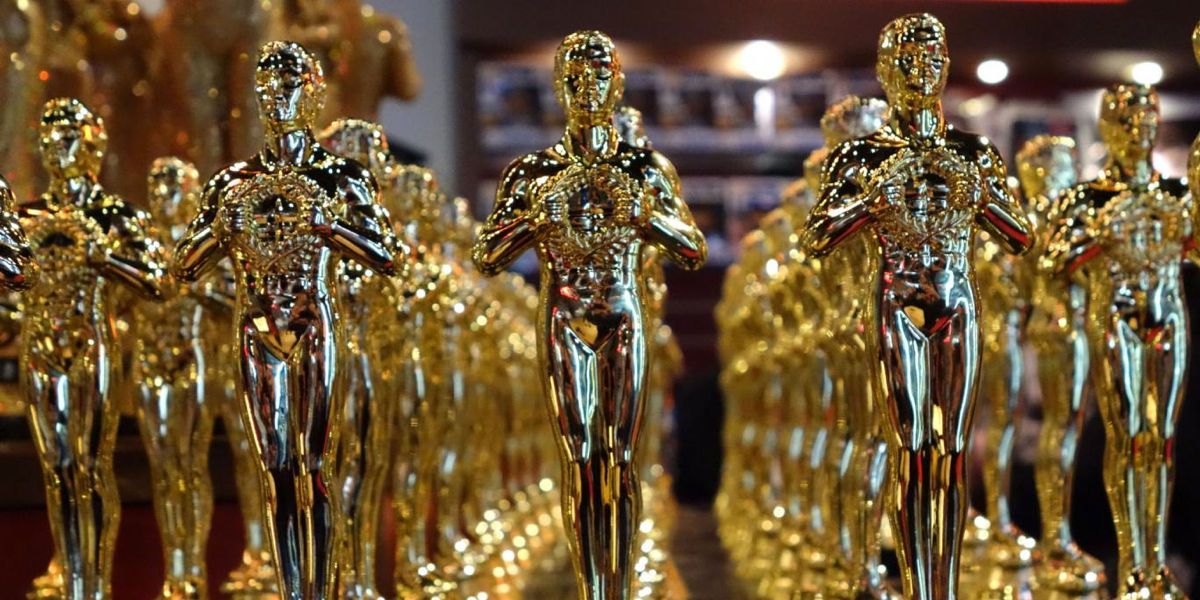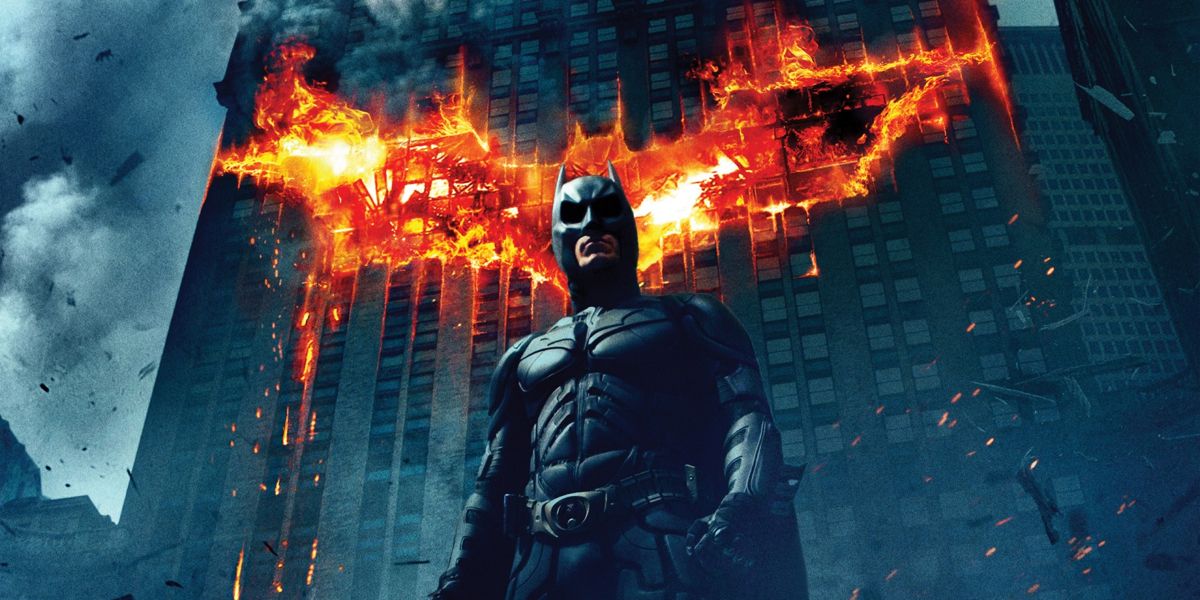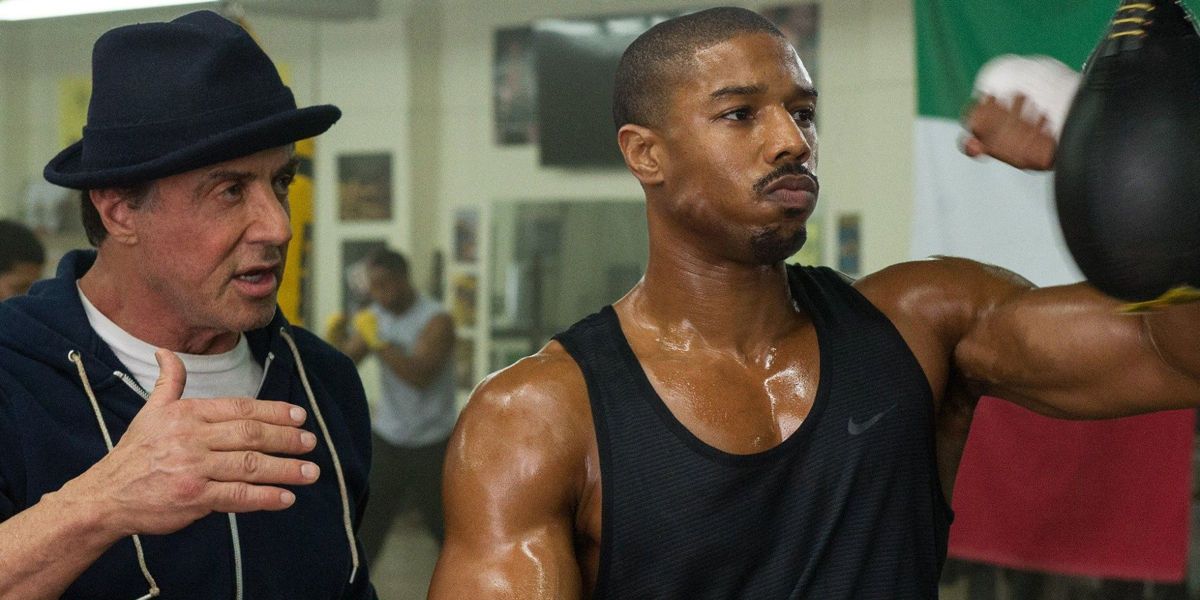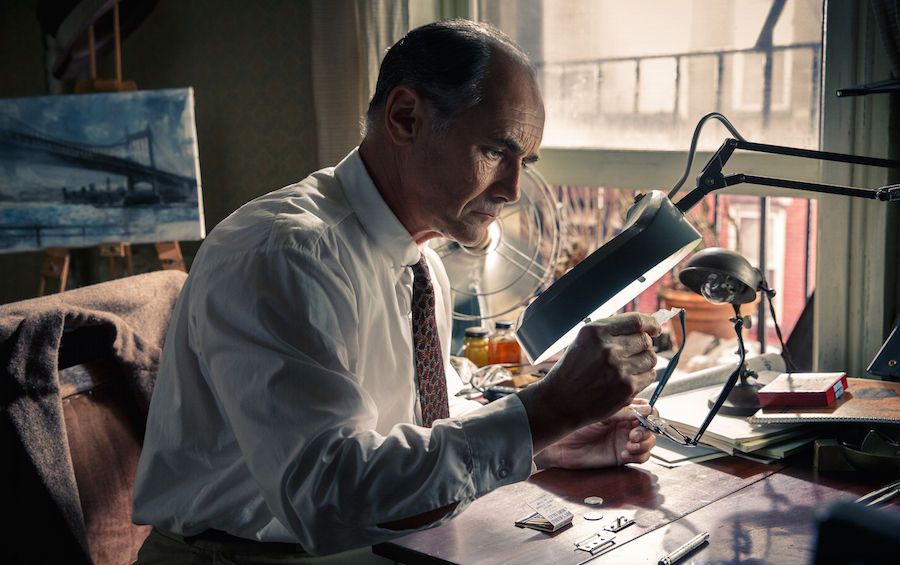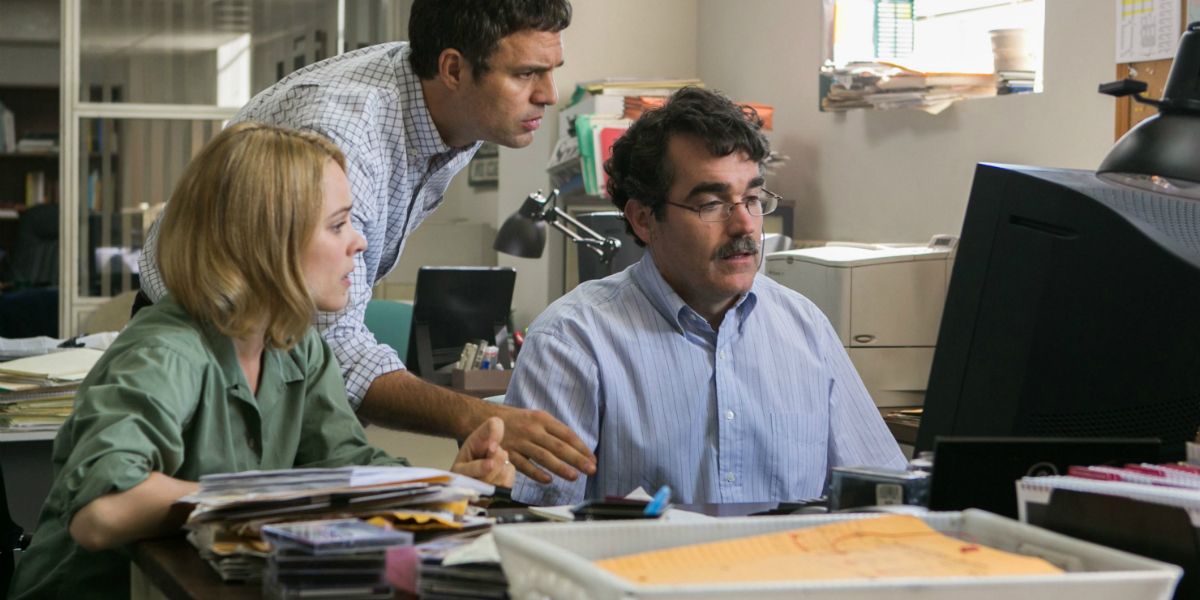Last year, the annual Academy Awards ceremony telecast took a major hit in the ratings, with the most likely culprit being the Academy themselves. Clint Eastwood's American Sniper was the only Best Picture nominee to score $100+ million at the domestic box office. The Imitation Game was the second highest-grossing contender with an impressive $91.1 million, but none of the other films recognized topped even $60 million.
It became apparent that the Oscars needed to do something to reinvigorate interest in the awards show, and with a large number of genre pictures garnering mass critical acclaim in 2015, we posed the question, "should the Oscars go mainstream?" by nominating a handful of these works. The answer to that query was a resounding "somewhat," as box office hits like Mad Max: Fury Road, The Martian, and The Revenant led the pack in terms of total nominations. With all the interest in those titles, TV ratings shouldn't be an issue for the Academy this year.
However, that doesn't mean that the Academy has solved all its Best Picture troubles. In all honesty, the selection process has caused things to be more confusing than it should be. Following last year's semi-fiasco, there were reports speculating that the Oscars were thinking of returning to having just five Best Picture nominees, as it was prior to 2009. After examining their practices for the past six years, an argument can be made that there should only be five films honored with a Best Picture nomination.
The Failed Expanded Field Experiment
The genesis of all this can be traced back to one film: The Dark Knight. Despite being praised by casual moviegoers and professional critics as a revolutionary game changer (like other Oscar nominated tentpoles before it), Christopher Nolan's superhero blockbuster was not one of the five works selected for a Best Picture nomination. In response to the backlash that followed, the Academy announced they would be expanding the Best Picture field to 10, so that they could be more inclusive and invite more mainstream fare to the party. This was the procedure in 2009 and 2010, and then the Academy changed their regulations again.
Starting in 2011, they instituted a sliding scale for Best Picture, where anywhere between five to 10 movies could be nominated. They claimed this was so the "prestige" of a nomination was not diminished. The final lineup would be decided by first place votes on the initial ballots. Each year, the number of Best Picture nominees would vary depending on how many films hit a certain percentage. This kind of preferential ballot system is also used by the Producers Guild of America, although they allow members to list 10 films on their empty ballots. The Academy only has five slots when they begin.
Since the sliding scale was introduced, the Oscars have never had 10 Best Picture contenders. The last two years (2014 and 2015) have seen only eight, even though there are plenty of films that would be right at home in the final two slots. For instance, many viewers would have been happy to see populist hits Star Wars: The Force Awakens and Creed get in. The well-received Straight Outta Compton could have gotten more love, and the romantic drama Carol has several supporters in the film community. The Academy shoots themselves in the foot when they say that they CAN nominate 10 films, and then don't. All it does is raise questions about why certain films were left off.
And often times, the expanded field has a few questionable selections, even in years of a preferential ballot. The Best Picture nominations of 2009's The Blind Side and 2011's Extremely Loud and Incredibly Close were met with more eye rolls than cheers. Nobody's saying going back to five nominees would yield perfect results (history has proven otherwise), but shrinking the field would go a long way in removing some of the issues cinephiles have with the current procedures. If the Oscars say they can only pick five, there will still be snubs, but at least they'd have a full roster to choose from.
Tighter, More Exciting Races
As awards season progresses and the various guilds start weighing in, clear frontrunners emerge before the Oscars, and the final showdown comes down to just a couple of the nominees. For instance, last year the top prize was clearly going to either Boyhood or Birdman, meaning that there were six other films putting together fruitless campaigns in the hopes that they would pull off an unlikely upset. It's hard to get invested in a race like that, and the argument can be made that limiting the field would create more excitement and buzz around the Oscars.
Looking at this year's list of nominees, the primary players are most likely going to be The Revenant, The Big Short, Mad Max: Fury Road, The Martian, and Spotlight (though a case could be made for Room). Bridge of Spies and Brooklyn, though fine films with their fair share of fans, are just hanging around to get a participation trophy when it's all said and done. Even in one of the most unpredictable awards seasons in recent memory, pundits can easily cross off a few of the Best Picture nominees and focus on the ones with the best chance of winning. In theory, this makes the whole idea of an expanded field pointless. It's always an honor to be nominated, but why go through the trouble of recognizing films that are overmatched right out of the gate?
It's not as if the "smaller" contenders would just be ignored by the Academy entirely. There are several other categories where they can earn nominations and become the favorite. Brie Larson is expected to win Best Actress for her turn in Room, but she's got stiff competition from Brooklyn's Saoirse Ronan. Mark Rylance got nominated for his Bridge of Spies performance, and the film's script is one of the five Best Original Screenplay candidates. Arguably, they're more of a threat to bring home Oscar gold in those categories, giving awards pundits some interesting angles to explore as they try to predict the victors. That's not so much the case in Best Picture, where the odds are not in their favor.
Of course, having the Best Picture field be just five wouldn't eliminate the trope of a frontrunner. 1994 was a murderer's row for the top prize with Forrest Gump, Pulp Fiction, and The Shawshank Redemption fighting it out, leaving Quiz Show and Four Weddings and a Funeral mostly out of it. What it does do, however, is trim off the superfluous nominees that only a minority of Academy voters like the best. If nothing else, a tighter lineup at least gives the illusion of a more exciting race, since there are fewer films competing and it comes down to a handful of titles.
Next: Could Fewer Nominees Make the Oscars More Accessible?
The Oscars Would Be More Accessible
Ironically, an argument can be made that if the Academy goes back to five nominations, their awards show would be more accessible to the general public. As it stands now, a casual movie fan who wants to catch up on the Best Pictures prior to the telecast would have to make time in their schedule to watch eight movies (assuming they didn't see any of them in theaters), and not all of these are readily available for viewing. Mad Max and The Martian can now be brought home on Blu-ray, but good luck finding showtimes for Room if you live in a small market. It just makes it difficult to see all the nominees ahead of time, which could negatively impact the ceremony's ratings.
Going back to five Best Picture contenders would hopefully make it a little easier. It's a little less daunting a proposition for some audiences, who may not be able to (or be willing to) sit through eight movies. The whole idea of the expanded field was to make things more inclusive, but over the past couple of years, the Academy has nominated more of their kind of film as opposed to some critically acclaimed movies with widespread appeal. In a day and age where going to the movie theater is an expensive proposition, casual viewers have chosen to be more selective about what they go out to see. It's easy to make the case that Star Wars 7 is something that should be seen on the big screen, but a drama like Brooklyn won't feature the same selling points. Which one is a "regular" moviegoer going to actively seek out?
Using this year's field as an example, let's say there were only five nominees: The Revenant, The Big Short, Mad Max: Fury Road, The Martian, and Spotlight. Two of those achieved massive box office success when they were released, meaning a majority of film fans have already seen them, and there are two others currently playing nationwide. That leaves Spotlight as the outlier, as it's only being shown in 985 locations as of this writing. However, it will be available on home media come February, so more people can check it out before the Oscars take place. That's a little more manageable than waiting for three (or possibly five) others to either come to a local theater or hit store shelves.
Whenever people talk about what can be done to fix the Oscars, one popular solution is to "nominate films people have seen," but that's a little disingenuous to the movies that do score Best Picture nods (which are typically of high quality). The Academy isn't going to scour the tops of the box office charts for viable candidates anytime soon, so they can lend a helping hand to the casual viewer who wants to follow the Oscar race by nominating fewer films. Ideally, this would allow the Oscars to appeal to both cinephiles (who visit the awards circuit daily) and the general public, since there would only be a handful of titles everyone had to see to get the full scope of the year's show.
Conclusion
If there is a downside to shrinking the Best Picture field, it's that some smaller films may not get the same kind of boost in awareness. Whiplash made just $13 million at the domestic box office, but it's one of 2014's most beloved movies in part because it was one of the eight candidates for Oscar's top prize. The buzz helped it reach a wider audience. Mainstream moviegoers only truly care about a handful of races - the so-called "major" categories. If Whiplash had to make do with J.K. Simmons as its only representation, would it be as well-known today? Maybe, maybe not.
The flip side is that there still are a number of categories casual viewers follow, including Best Actor, Best Actress, and Best Director. In that sense, the Academy helped Room out a lot, since Larson and director Lenny Abrahamson were nominated for their work. More people will be keeping an eye out for it now because of those factors, whether it was a Best Picture player or not (especially since Larson is the presumed frontrunner).
In short, the concept of an expanded Best Picture field was a nice one in theory, but it arguably has not had the intended effects. The Oscars are more confusing and frustrating than they've ever been, which is not the goal here. Going back to five nominations would not instantly make things perfect (particularly because film is subjective), but it might be the best way for the Academy to go.
NEXT: The 88th Academy Award Nominees
The Oscars telecast will take place February 28, 2016 on ABC.

